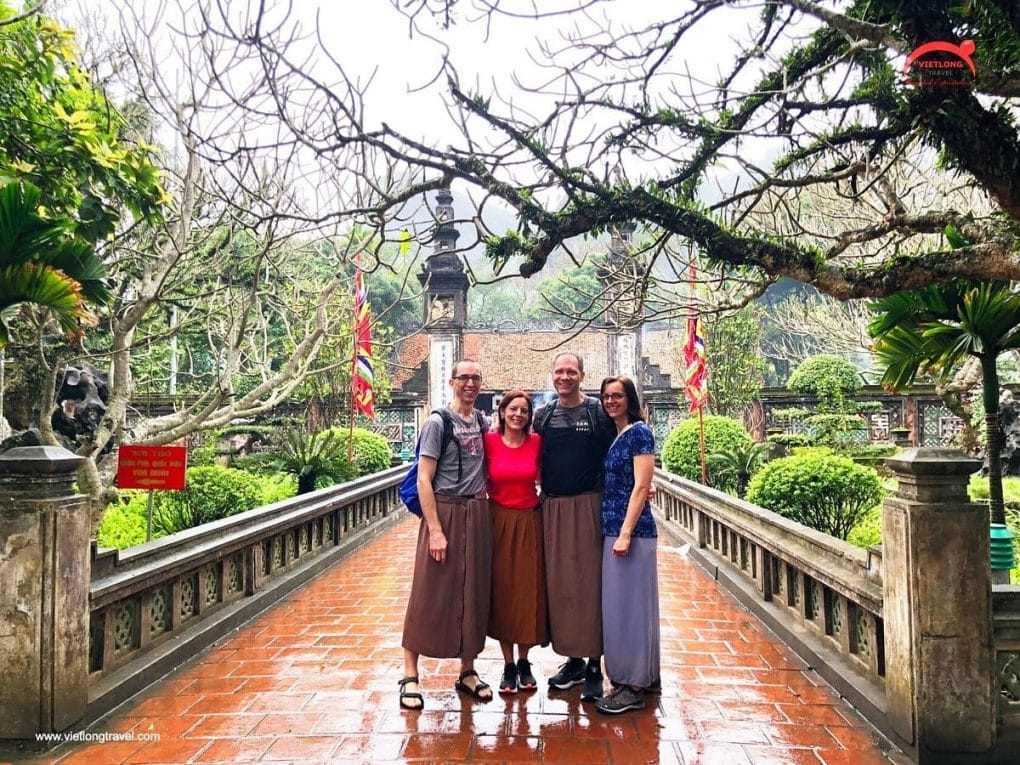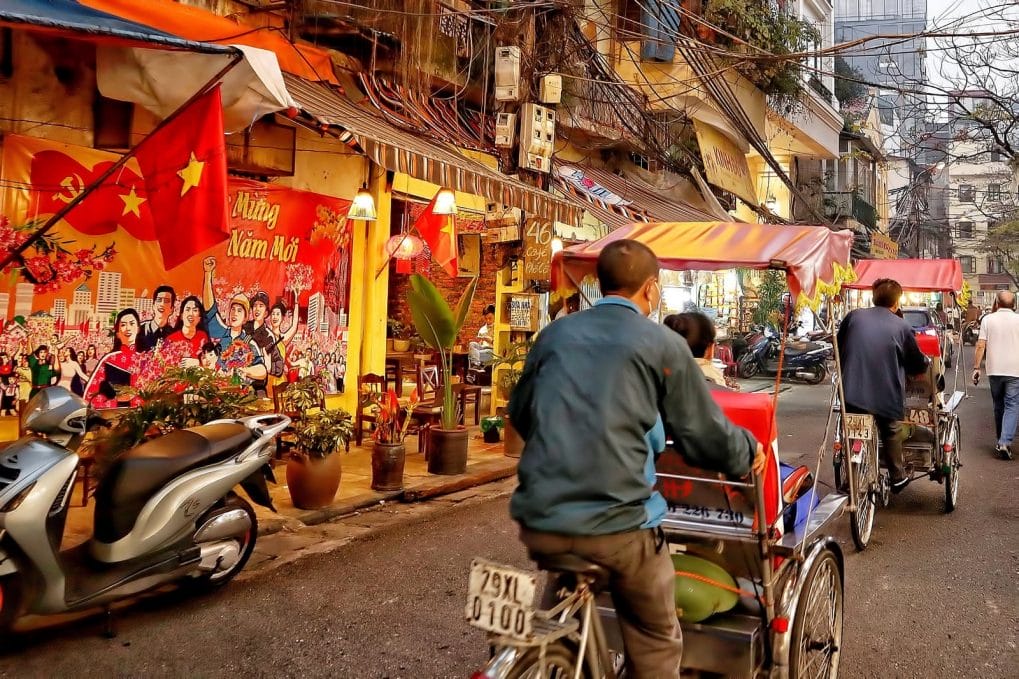The Kuthodaw Pagoda or Maha Lawka Marazein Paya is often called the world’s largest book. It is a large walled complex situated at the base of the southeast stairway to Mandalay Hill and was built by King Mindon at the same time he was constructing the Royal Palace. Its central stupa is modeled on the Shwezigon at Nyaung U near Bagan. The Kuthodaw Paya (Pagoda), or Maha Lawka Marazein Paya, contains what often is called the world’s largest book. It is a large walled complex situated at the base of the southeast stairway to Mandalay Hill and was built by King Mindon at the same time he was constructing the Royal Palace. Its central stupa is modeled on the Shwezigon at Nyaung U near Bagan. An on-site carved tablet indicates that the pagoda’s height is 187 ft 9 in, high, while some guide books list it at 100 ft (30 m). The former includes the platform in the measurement. Structure The stupa itself, connected to the outside entry by means of a long corridor, is set in the middle of a thirteen acre field of 729 pitaka pagodas or shrines (Dama Cetis). Each shrine contains a marble slab, inscribed on both sides with the Pali script text of a portion the Tipitaka (Pali spelling, or Tripitaka, in Sanskrit), Theravada Buddhism’s sacred texts. Taken together, they contain the entire text of the Tipitaka and thus form “the world’s largest book.†The slabs were carved from white Sagyin Hill marble found just a few miles north of Mandalay. The work of carving began in October 1860 and was carried out in a special hall within King Mindon’s Royal Palace. Each slab is 5 ft ((1.5 m) by 3.5 ft (1.1 m) wide and 5-6 in. (12.7 – 15 cm) thick. The Buddhist scholar/carvers completed their task in May 1869. If spread out horizontally, the slabs would cover a third of an acre (.1 ha); stacked vertically, the ‘pages’ would rise 340 ft (103 m). Originally the lettering also had a gold leaf veneer. The statistics given here are those given by U Tun Aung Chain, retired Professor of History, Yangon University. Several sources suggest the important role of the Fifth Buddhist Synod, which King Mindon called in 1872, in the development of the Kuthodaw. It perhaps was at this meeting of 2,400 monks from throughout the country that both authenticated the texts and began the construction of the encasing shrines.
You May Also Like
Top 8 Highlights of the Golden Bridge Tour from Hoi An
Overview Da Nang is referred to as the “city of bridges” in addition to being the most livable city in…
VISIT HOI AN – VIETNAM IN 2024: A COMPLETE TRAVEL GUIDE
Hoi An, nestled in central Vietnam, beckons travelers with its enchanting fusion of natural beauty and cultural heritage. Often hailed…
What to do when visiting Buddhist Pagoda in Vietnam?
With over 18.000 Pagodas all around Vietnam from North to South (according to statistics of the Vietnam Buddhist Sangha) and…
Best ways for you to get around in Vietnam
Vietnam spans 128,066 square miles, featuring stunning mountains, forests, coastlines, cities, and towns. With such diverse landscapes, planning your travel…
Top 8 Amazing Places to visit on the 2 Days 1 Night Ninh Binh Tour
Overview Situated around 100 kilometers from the heart of Hanoi, Ninh Binh is a province situated in the Red River…
How to plan a perfect Family Holiday to Vietnam
Are you trying to plan an enjoyable, instructive, and unforgettable family vacation? Do you wish to travel to a nation…






